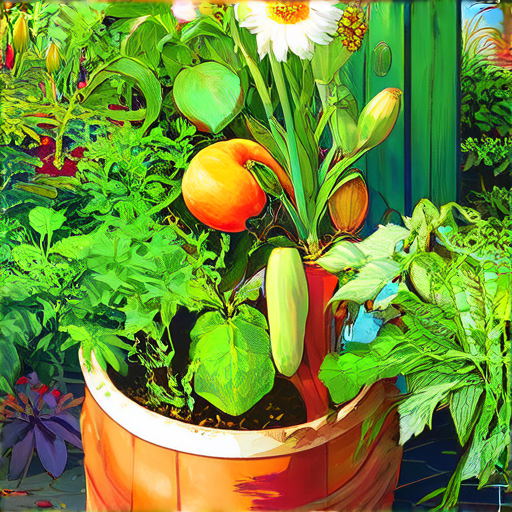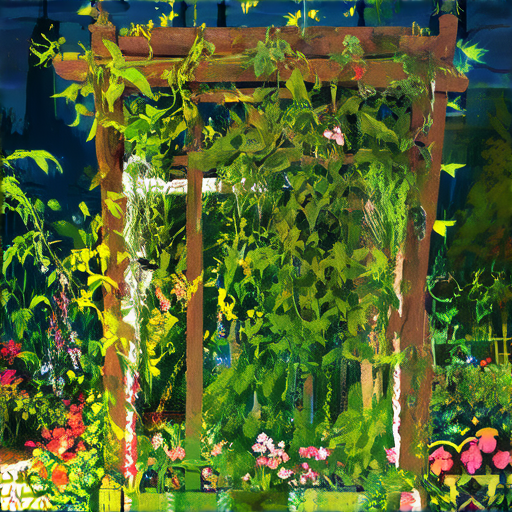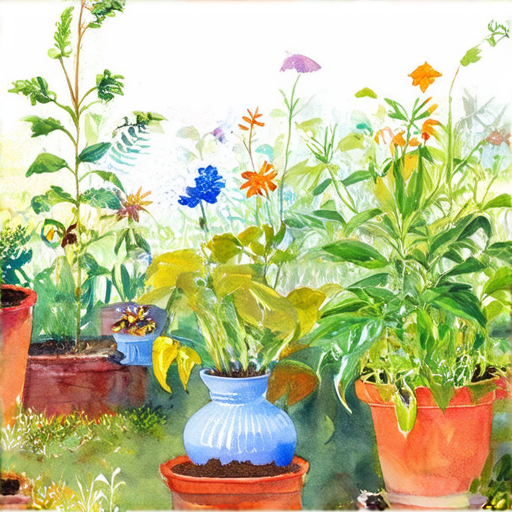As we continue to lose biodiversity at an alarming rate, the importance of preserving old plant varieties cannot be overstated. With millions of years of evolution invested in each unique strain, these heirloom plants hold the key to our collective future. Not only do they provide a vital link to our agricultural past, but they also offer a safeguard against the homogenization of modern crop varieties. By learning how to save seeds from these precious plants, we can help ensure their continued survival and availability for generations to come.
Why Is Seed Saving Illegal?
Seed saving is illegal due to various reasons, primarily revolving around intellectual property rights and commercial interests. Here are some key factors contributing to this situation:
- Lack of Patent Expiration
- Commercial Interests
- Genetic Modification
- Regulatory Frameworks
Many modern crop varieties are patented, meaning that companies hold exclusive rights to reproduce and sell these seeds. Without patent expiration, farmers are unable to save and replant seeds from these patented crops.
Large corporations control the majority of the global seed market, prioritizing profit over sustainability and farmer autonomy. By restricting seed saving, these companies can maintain control over the market and limit competition.
The increasing prevalence of genetically modified organisms (GMOs) has led to concerns about the long-term effects on ecosystems and human health. Seed saving laws often aim to prevent the spread of GMOs, although this may not always be effective.
National and international regulations govern seed trade, often favoring corporate interests over small-scale farmers. These frameworks can restrict seed saving and exchange, further limiting farmer autonomy.
Consequences of Seed Saving Restrictions
Seed saving restrictions have far-reaching consequences, affecting not only individual farmers but also the environment and food systems as a whole:
- Loss of Biodiversity
- Increased Dependence on Corporations
- Environmental Degradation
The decline of heirloom and open-pollinated varieties threatens global biodiversity, making crops more vulnerable to pests and diseases.
Farmers become reliant on large corporations for seeds, reducing their ability to adapt to changing environmental conditions and increasing their exposure to market fluctuations.
The widespread adoption of monoculture farming practices, driven by commercial seed sales, contributes to soil degradation, water pollution, and loss of ecosystem services.
Alternatives to Commercial Seeds
While seed saving laws remain restrictive, there are alternatives for farmers seeking to preserve genetic diversity and promote sustainable agriculture:
- Heirloom and Open-Pollinated Varieties
- Sustainable Agriculture Practices
- Community-Supported Agriculture
These traditional crop varieties can be saved and replanted, preserving genetic diversity and allowing farmers to adapt to local conditions.
Farming methods like permaculture, agroforestry, and regenerative agriculture promote ecological balance and reduce dependence on commercial seeds.
CSAs and other cooperative models enable farmers to share knowledge, resources, and risks, fostering a more equitable and resilient food system.
Can Old Plants Be Rejuvenated?
As an avid gardener, I’ve often wondered whether it’s possible to breathe new life into old, struggling plants.
- Pruning is a great place to start when rejuvenating old plants. By cutting back overgrown branches and stems, you can encourage new growth and promote a healthier plant.
- Another effective method is to divide and replant. This involves separating the roots of the plant and transplanting them into fresh soil, which can help to revitalize the plant and give it a boost.
- Soil quality is also crucial when it comes to rejuvenating old plants. Adding organic matter such as compost or manure can help to enrich the soil and provide essential nutrients for the plant.
Why Prune Old Plants?
Pruning is an essential part of plant care, and it’s particularly important when dealing with old plants. By removing dead or damaged branches, you can:
- Encourage new growth and promote a healthier plant
- Improve air circulation and reduce the risk of disease
- Enhance the overall appearance of the plant
How to Prune Old Plants
Pruning old plants requires some skill and patience, but with the right tools and techniques, you can achieve amazing results. Here are some tips to get you started:
- Use sharp, clean pruning tools to prevent the spread of disease
- Make clean cuts just above a node or bud
- Remove any dead or damaged branches
- Thin out the plant to allow for better air circulation
When to Prune Old Plants
The best time to prune old plants depends on the type of plant and its growing conditions. In general, it’s best to prune during the dormant season, when the plant is less active and less prone to stress.
- Dormant season typically occurs in late winter or early spring
- Prune during this time to minimize stress and promote healthy growth
Conclusion
Rejuvenating old plants requires patience, skill, and the right techniques. By pruning, dividing, and improving soil quality, you can breathe new life into old, struggling plants and enjoy a thriving, healthy garden.
Preserving Plant Diversity: Why It Matters
As an advocate for sustainable agriculture and heirloom gardening, I firmly believe that preserving many different varieties of plants is crucial for our planet’s ecological health.
- Ecosystem Services: Plants play a vital role in maintaining ecosystem services such as pollination, soil fertility, and water regulation. These services have a significant economic impact on communities that depend on them.
- Cultural Significance: The loss of plant species can also have cultural significance, erasing centuries-old knowledge and traditions passed down through generations.
- Biodiversity Hotspots: Preserving plant diversity helps maintain biodiversity hotspots, which are essential for supporting a wide range of plant and animal species.
- Climate Change Mitigation: By preserving plant diversity, we can better understand how plants adapt to changing environmental conditions, ultimately helping us develop more effective climate change mitigation strategies.
The Importance of Heirloom Gardening
Heirloom gardening is a vital part of preserving plant diversity. By saving and sharing heirloom seeds, we can protect genetic material that might otherwise be lost forever.
- Genetic Diversity: Heirloom seeds offer a unique opportunity to preserve genetic diversity, allowing us to tap into the rich history of crop development.
- Sustainable Agriculture: Heirloom gardening promotes sustainable agriculture practices, reducing our reliance on chemical pesticides and fertilizers.
- Food Security: By preserving heirloom varieties, we can ensure food security for future generations, particularly in the face of climate change.
Getting Involved
If you’re passionate about preserving plant diversity, there are several ways to get involved:
- Start a Community Garden: Join forces with friends and neighbors to establish a community garden, where you can grow and share heirloom varieties.
- Save Seeds: Begin saving seeds from your own garden, and share them with others to help spread genetic diversity.
- Support Local Farmers Markets: Visit local farmers markets to purchase heirloom produce and support farmers who prioritize sustainable agriculture practices.
By working together, we can preserve plant diversity and ensure a healthier, more resilient planet for future generations.
Creating New Plants from Old Plants
As an avid gardener, I’ve always been fascinated by the process of propagating new plants from old ones.
- Method 1: Stem Cuttings
- Choose a healthy stem from the mother plant with at least two nodes.
- Remove lower leaves, leaving only a few sets of leaves at the top.
- Dip the cut end in rooting hormone powder or liquid.
- Plant the cutting in a well-draining potting mix, water thoroughly, and place in a warm location with indirect light.
- Keep the soil consistently moist but not waterlogged until roots develop.
- Choose a healthy leaf from the mother plant.
- Cut the leaf from the plant, making sure to leave a small piece of stem attached.
- Dip the cut end in rooting hormone powder or liquid.
- Plant the leaf in a well-draining potting mix, water thoroughly, and place in a warm location with indirect light.
- Keep the soil consistently moist but not waterlogged until roots develop.
- Choose a mature plant with multiple crowns or offsets.
- Gently separate the crowns or offsets from the mother plant, making sure each division has at least one growing point.
- Replant the divisions in a well-draining potting mix, water thoroughly, and place in a warm location with indirect light.
- Keep the soil consistently moist but not waterlogged until the new plants establish themselves.
By following these simple steps, you can successfully propagate new plants from old ones and enjoy a continuous supply of fresh greens and blooms.
For more information on propagation techniques and tips, visit our Propagation Tips page.
Additionally, check out our Heirloom Seeds selection for unique and rare varieties perfect for propagation.
Remember to always handle your plants gently and with care to prevent damage during the propagation process.
Happy planting!
Creating a New Plant Species
As a gardener and enthusiast of sustainable agriculture, I’m often asked how to create a new plant species.
-
Understanding Plant Reproduction
Plant reproduction involves the process of producing seeds, which can lead to the creation of new plant species through genetic variation.
- Hybridization: This involves crossing two different plant species to create a new hybrid plant.
- Polyembryony: This is a rare phenomenon where a single seed develops into multiple embryos, resulting in genetically diverse offspring.
- Apomixis: This is a type of asexual reproduction where seeds develop without fertilization, leading to genetically identical offspring.
Selective Breeding
Selective breeding involves choosing plants with desirable traits and breeding them together to accentuate those characteristics.
- Identify the desired trait: Determine what characteristic you want to emphasize, such as flower color, leaf shape, or disease resistance.
- Breed the selected plants: Cross-pollinate the chosen plants to create offspring with the desired trait.
- Continue selection: Select the offspring with the most pronounced trait and repeat the breeding process until the desired result is achieved.
Genetic Engineering
Genetic engineering involves manipulating an organism’s genes to introduce new traits or characteristics.
- Gene editing tools: Utilize gene editing technologies like CRISPR/Cas9 to precisely edit the plant’s genome and introduce desired traits.
- Transgenic plants: Introduce genes from one species into another to confer new characteristics, such as pest resistance or drought tolerance.
Chromosome Doubling
Chromosome doubling involves artificially increasing the number of chromosomes in a plant cell, which can lead to the creation of new plant species.
- Colchicine treatment: Use colchicine to double the chromosome number in plant cells, resulting in polyploid offspring.
- Selection and breeding: Select the polyploid offspring and breed them together to stabilize the new chromosome number and desired traits.
Keep in mind that creating a new plant species requires patience, dedication, and a deep understanding of plant biology and genetics.
At Old Seed, we’re passionate about preserving heirloom varieties and promoting sustainable agriculture practices.
By following these steps and staying up-to-date with the latest advancements in plant science, you can increase your chances of successfully creating a new plant species.
Rooting Cuttings: Water vs Soil
When it comes to rooting cuttings, two popular methods are water and soil. Both have their advantages and disadvantages, which we’ll explore below.
- Water Method: Rooting cuttings in water can be a quick and efficient way to propagate plants. This method works well for plants that produce long stems, such as African Violets and Begonias. However, it may not be suitable for plants with delicate roots or those that require high humidity.
- Rooting cuttings in soil is a more traditional approach and can be beneficial for plants that prefer dry conditions. This method allows for better root development and can reduce the risk of fungal diseases associated with water-based propagation.
Key Considerations
- Plant Type: Different plant species respond better to either water or soil-based propagation. Research the specific needs of your plant to determine the best method.
- Humidity: Plants that thrive in humid environments tend to do better with water-based propagation, while those that prefer drier conditions benefit from soil-based propagation.
- Root Development: Soil-based propagation often leads to healthier root development, reducing the risk of transplant shock.
- Fungal Diseases: Water-based propagation increases the risk of fungal diseases, particularly in plants with delicate roots.
Best Practices
To increase the chances of successful propagation, follow these best practices:
- Use clean equipment: Sterilize your tools and containers to prevent the spread of disease.
- Monitor temperature: Keep the environment at a consistent temperature between 65°F to 75°F (18°C to 24°C).
- Provide adequate light: Most plants require bright, indirect light to promote healthy growth.
- Keep the medium moist: Maintain a consistent level of moisture, avoiding overwatering or underwatering.
By considering these factors and following best practices, you can successfully root cuttings in either water or soil, depending on the specific needs of your plant.





0 Comments